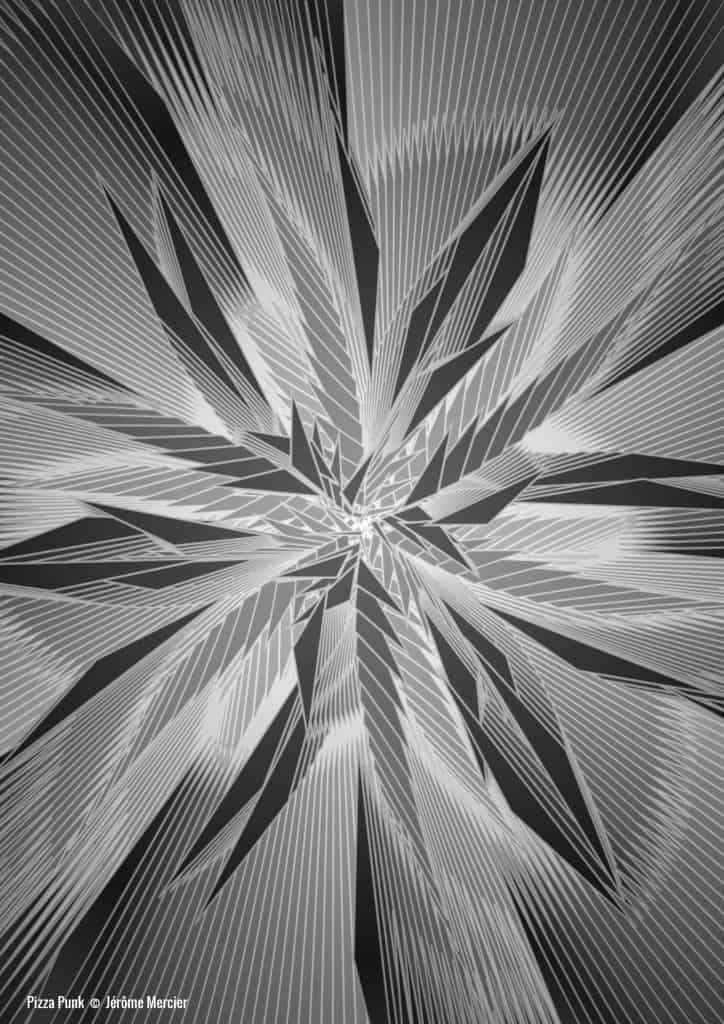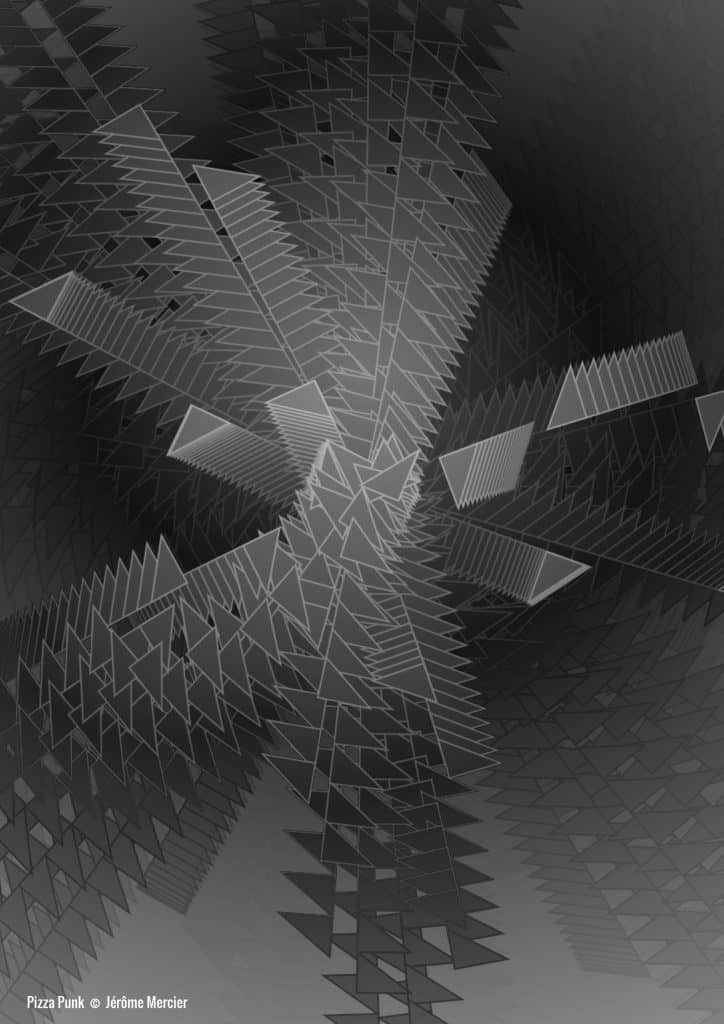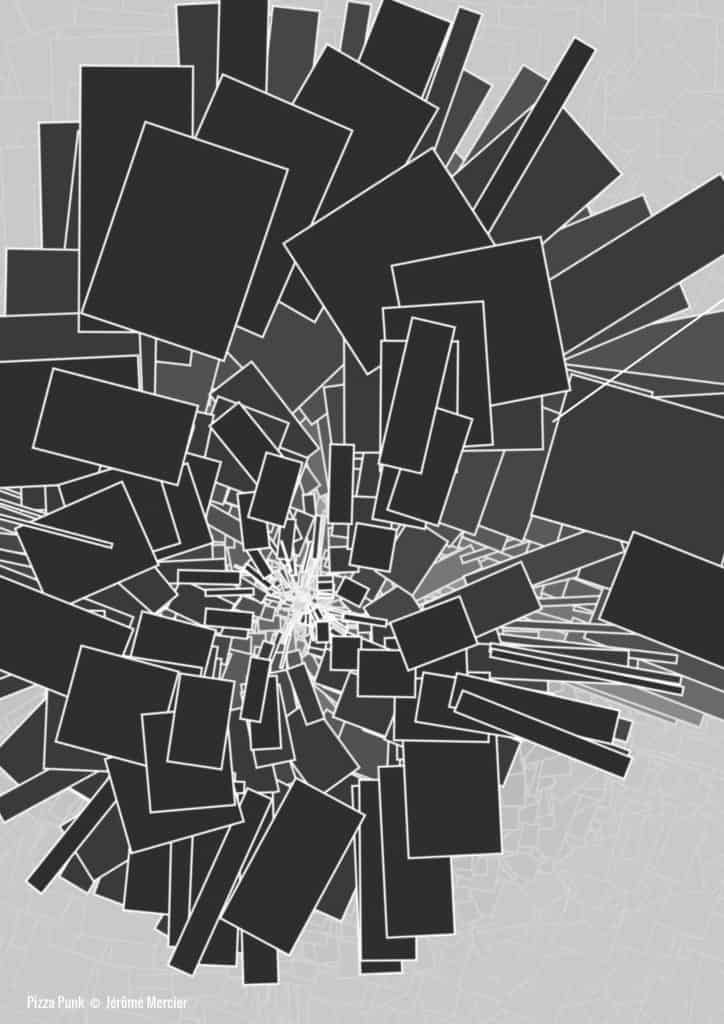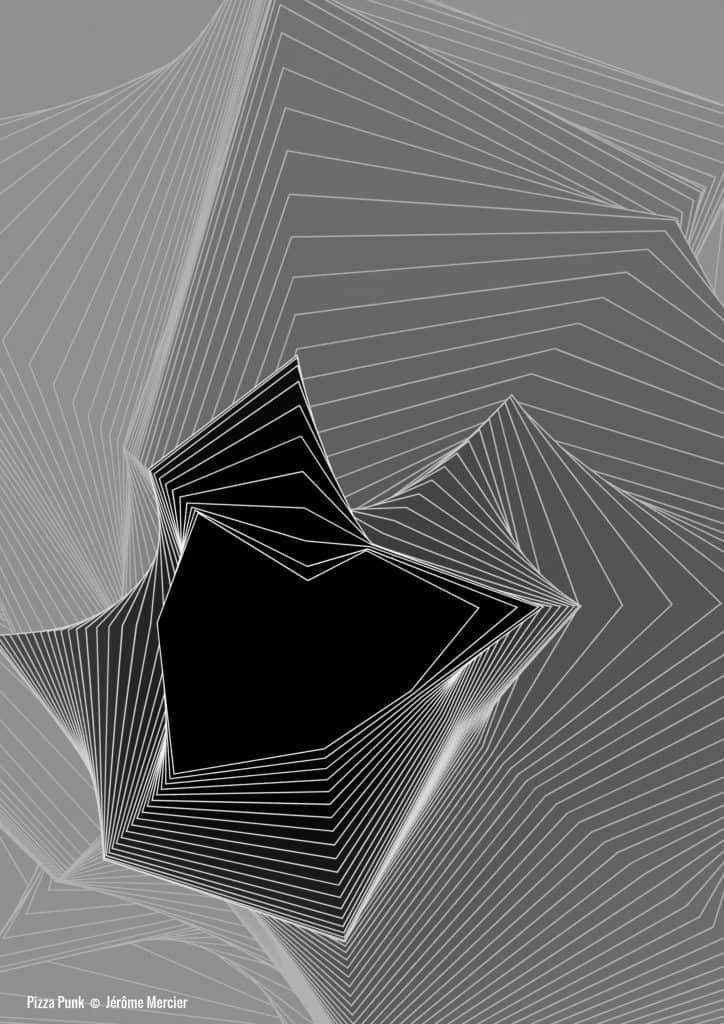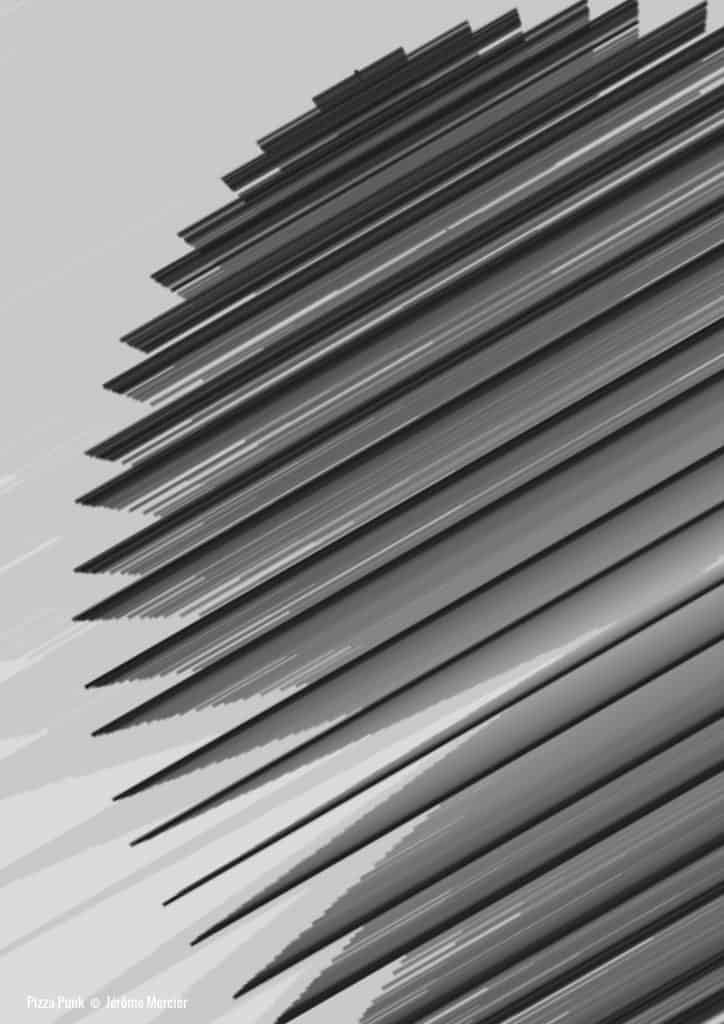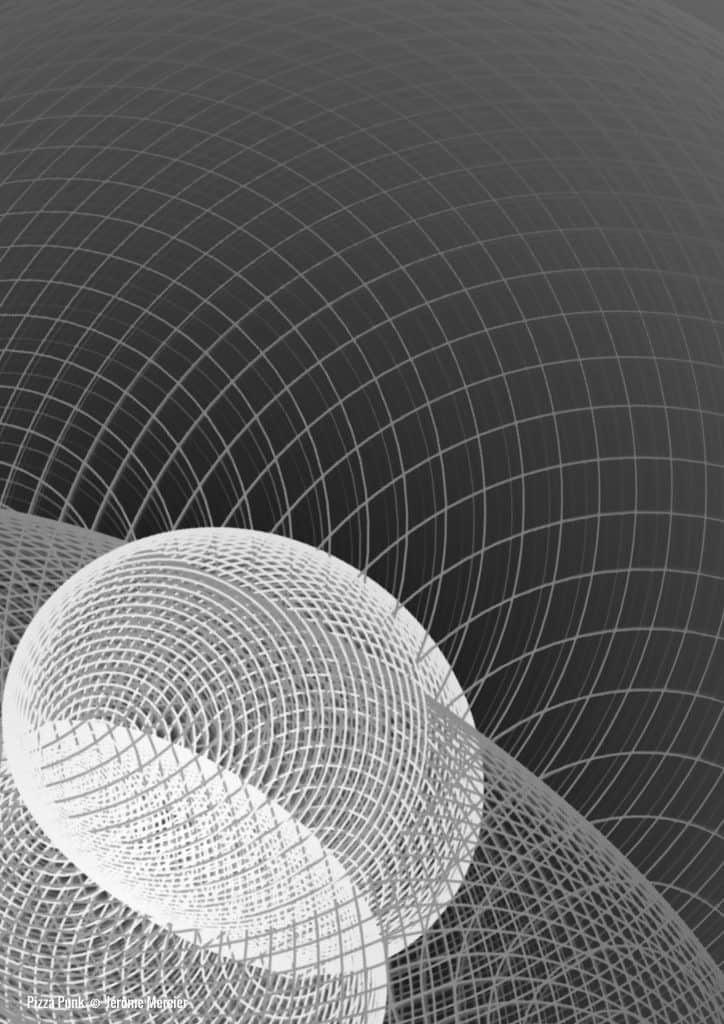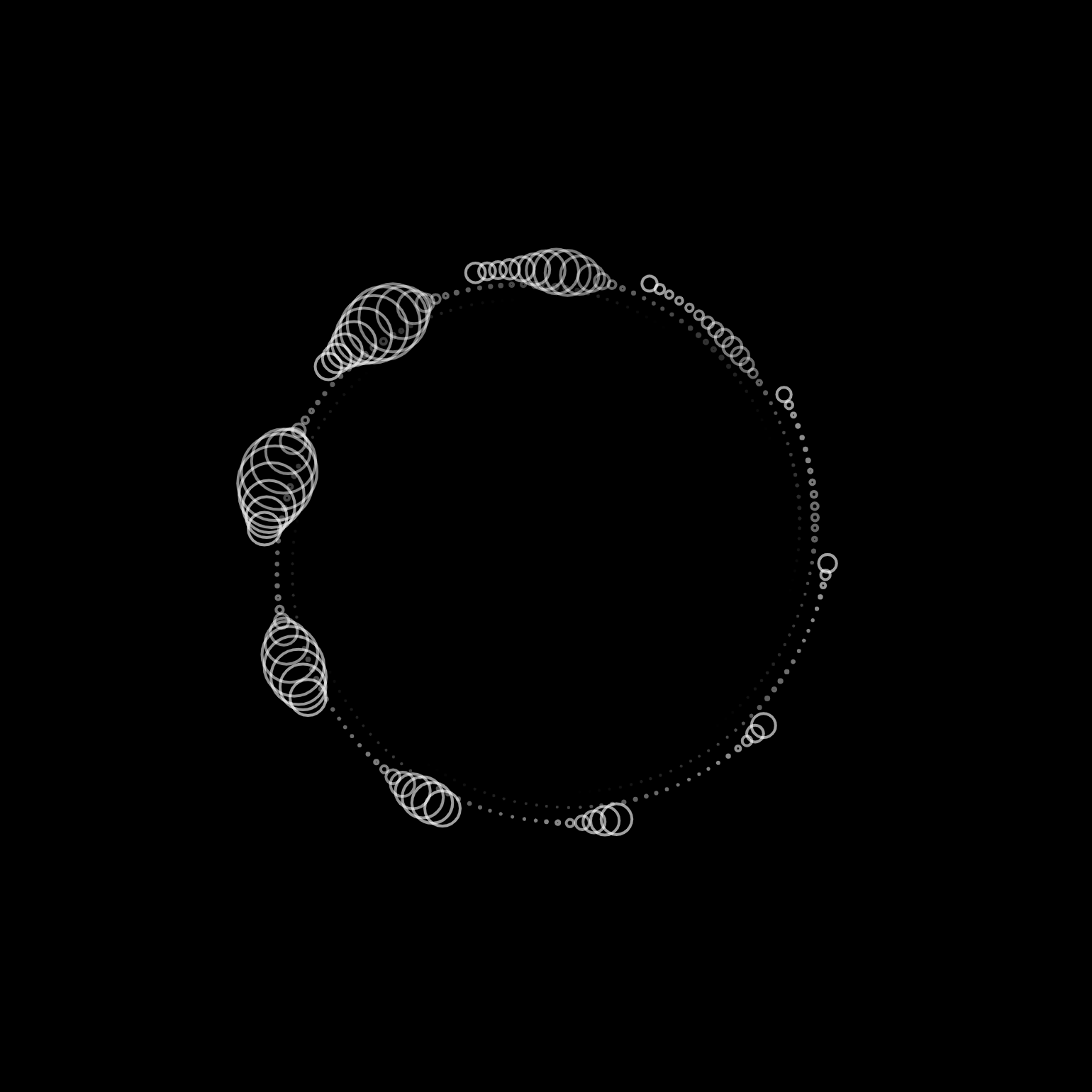From webdesign to generative art
This work is a result of a couple of years of interest, passion, readings and travels around graphic design. As non-educational-formed artist but with an honest professional experience in design , I asked myself about my abilities and legitimacy to create something… esthetically good enough.
Yes, I need to create
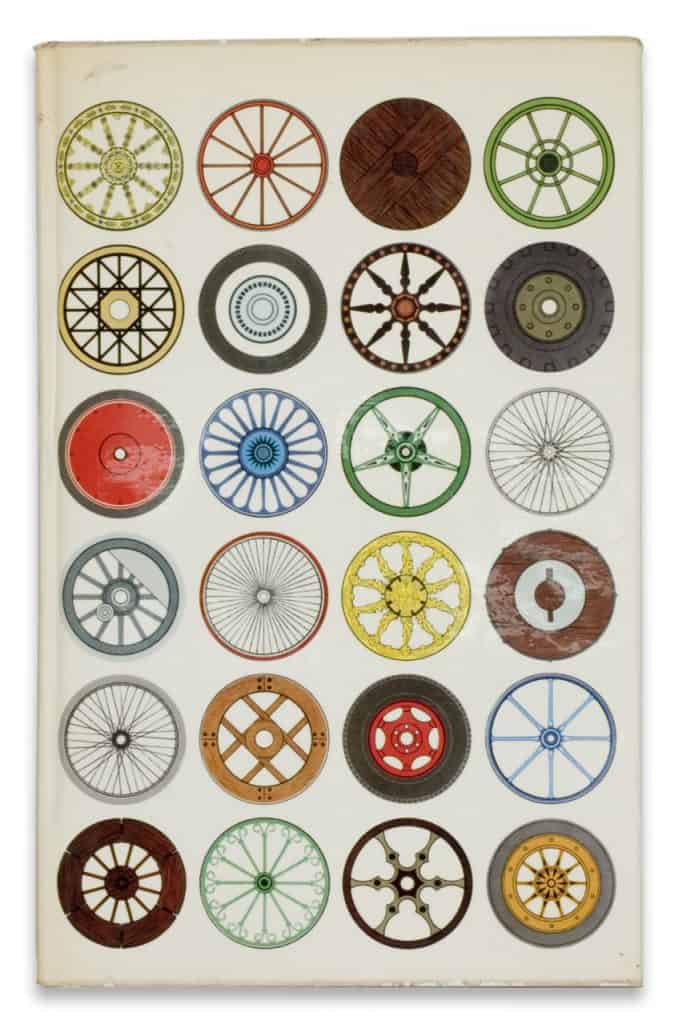
In fact, I got interested in generative design because of a lack of confidence. I thought computer may be the artist, and I would just be the curator. That’s a deep insight which leads me on this work. Then if I am a dumb in visual harmony, I thought that finding pragmatics solutions with harmony theories from Bauhaus artists (Max Bill) or old concepts (fibonacci sequence, golden ratio…) would be a good solution. But despite theses, my graphics results with traditional software didn’t satisfy me. I needed a tool more deeply natural and efficient for my needs.
Principles of a great graphic tool
So I began to think building my own graphic design tool.
My program should execute what I think, and what I think is a result of a long reflexion about art, graphic design and creative code AND these are my own beliefs. And it can evolve. So the principles:
- Graphical harmony is about mathematic
- Graphical harmony auto-emerge from few simple rules combining with several parameters.
- The 1rst rule is that the designer can code simply and quickly the basic graphical algorithm (creating shape(s), types, images, basics rotating/scaling…)
- The 2rst rule is that the graphic quantum (the pixel, the shapes or the signs) should apparently be distributed randomly in space.
- The 3rd rule is that this distribution should seem natural, not perfect, and influenced by internal and external datas. I mean by external datas:
- from the action of the designer or the user
- from connected object (from mouse, camera … to complex arduino’s system)
- from natural phenomena (for example voice & sound, temperature, face recognition…)
- from socials events (Economical publics datas…)
- The 4th rule is that the distribution should evolve in time, infinitely or repeated in a loop sequence.
- The 5th rule is that this evolution (movement) should (but not necessary) exploits most forms of natural physics oscillations.
Here some graphics generated
The tool should give to the artist / designer :
- the ability to stop the movement like a photograph choose the good moment to take his picture.
- the ability to collect infinite illustrations of a basic graphical algorithm.
- the ability to create infinite basics graphical algorithms.
- the ability to give infinite assets (illustrations, sequence videos and interactive interface) for all communication supports (printing poster, digital web or app, immersive installations…)
Algorithms used
- For the 1rst, 2nd and 3rd rules, I’m playing with some advanced Perlin Noise algorithms.
- For the 4th rule, I’m playing with a custom Lissajous Curves algorithm.
I thank the fantastic Daniel Shiffman for all his educational works on creative code, from his bible « The nature of code » to his Youtube’s channel « The coding train« .
Resulting tool
Watch this video for seeing my code in action.
New ways for communication
This kind of process can easily serve to design supports of communication. The Pizza Punk logo is built on this way.

What next?
My actual research just begins. If you want to follow new development, stay connected.

